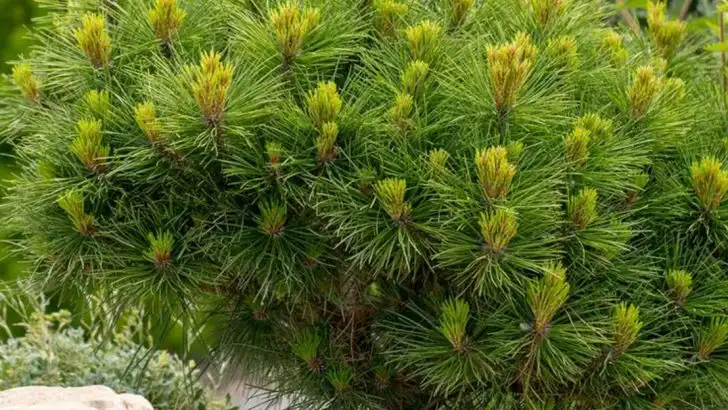“Dwarf” doesn’t always mean tiny—it sometimes means “surprise, this thing is taking over your yard.” You bought it because the label said compact. You imagined a neat little plant, politely staying put by your walkway. Fast forward two summers, and it’s three feet taller, five feet wider, and now blocking the mailbox. Turns out, “dwarf” is a relative term. And in plant-speak, it often just means “smaller than the 30-foot version.” Not exactly petite. Before your so-called dwarf turns into a garden giant, let’s set the record straight. Here are 14 plants that fooled plenty of gardeners—plus what they really become when they grow up. Because sometimes, small print leads to big problems.
Dwarf Alberta Spruce
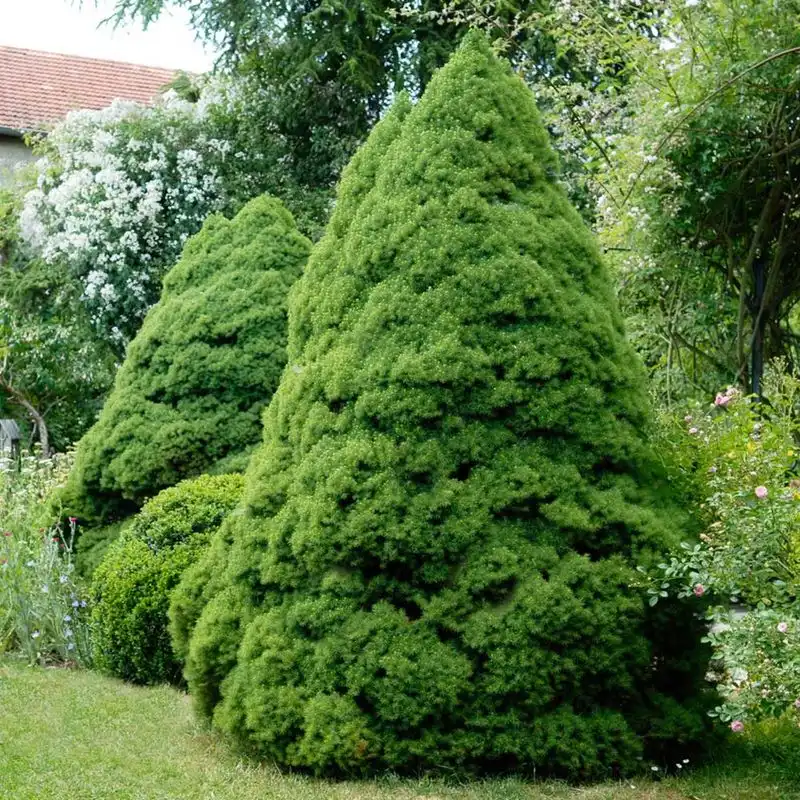
The Dwarf Alberta Spruce is often chosen for its seemingly manageable size. However, over time, it can reach heights up to 10-13 feet, making it a prominent feature in any garden. Its dense, evergreen foliage provides a lush, green backdrop year-round. Planting one of these in your yard may initially seem like a small commitment. But with its slow growth, it gradually transforms into a striking conical presence. Perfect for those willing to wait and watch their garden evolve, the Dwarf Alberta Spruce is a testament to patience in horticulture.
Dwarf Japanese Maple
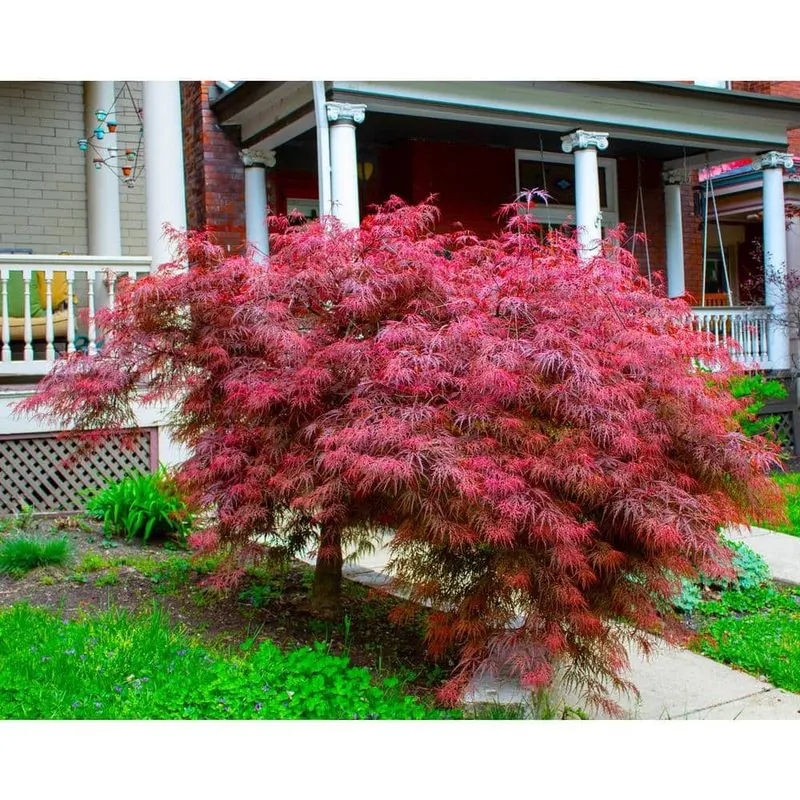
The Dwarf Japanese Maple is known for its graceful foliage and striking colors. Though labeled as “dwarf,” it can grow to a stately 15 feet, exhibiting a wide, spreading canopy. Its leaves often turn brilliant shades of red and orange, especially in autumn, providing a seasonal spectacle. Ideal for adding a touch of elegance, it fits well in both traditional and contemporary landscapes. Its beauty is captivating, drawing eyes and admiration year-round.
Dwarf Pampas Grass
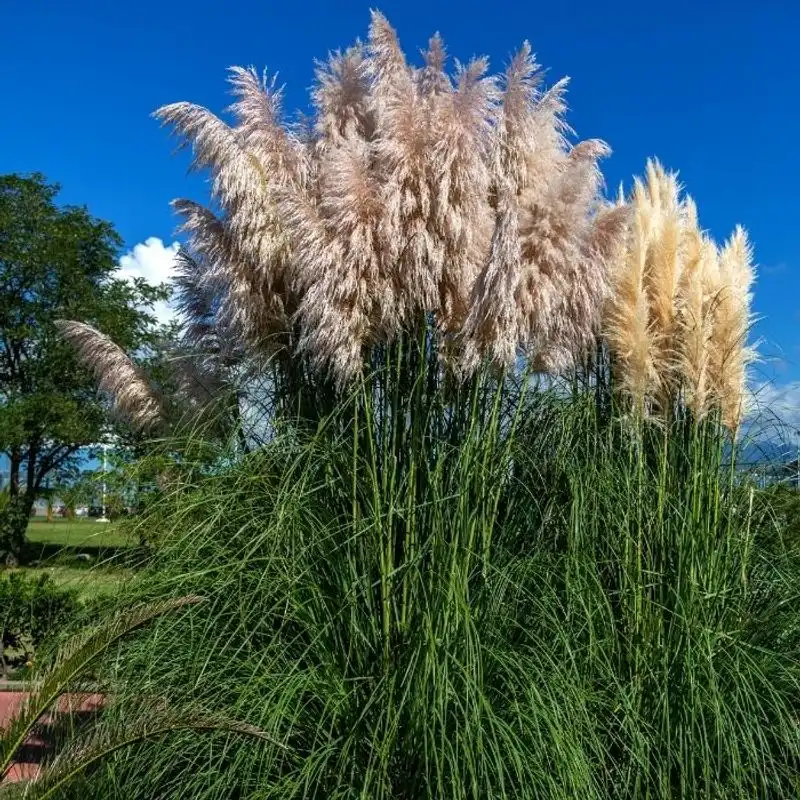
Dwarf Pampas Grass might start small, but it can reach a considerable height of 5-6 feet, making it an impressive sight in ornamental gardens. Its feathery plumes add texture and movement, catching the wind gracefully. This plant is perfect for those looking to create a dynamic landscape with vertical interest. Despite its “dwarf” moniker, it provides a commanding presence that can be utilized as a natural screen or focal point in garden design.
Dwarf Cavendish Banana
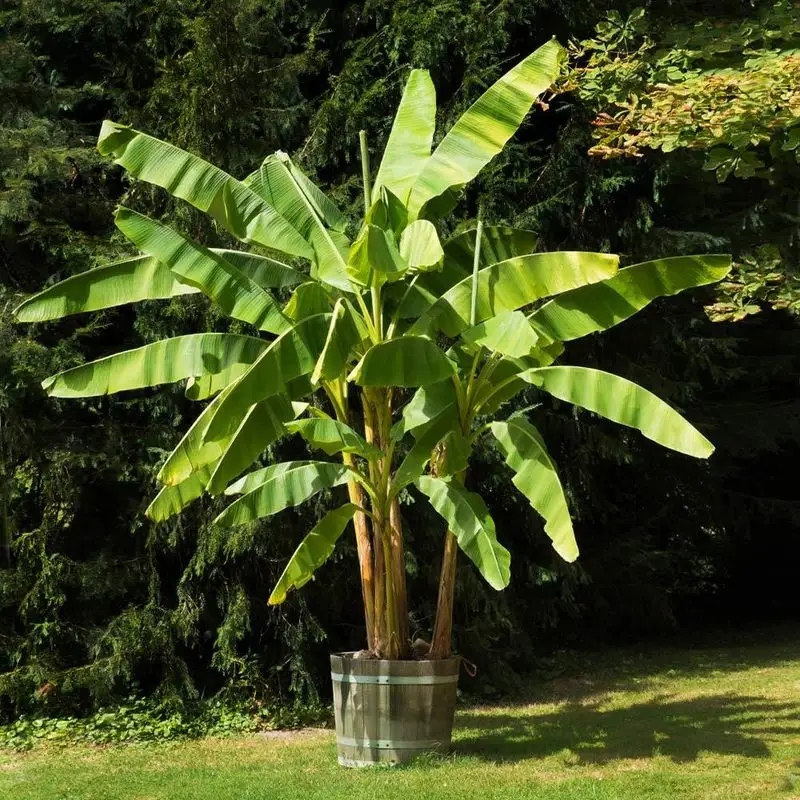
The Dwarf Cavendish Banana is beloved not just for its fruit but also for its lush appearance. Growing up to 10 feet, its broad leaves and sturdy trunk add a touch of the tropics to any environment. This “dwarf” variety is suitable for both indoor and outdoor planting, offering versatility. Its presence is both exotic and practical, as it can produce regular banana harvests with proper care.
Dwarf Weeping Cherry
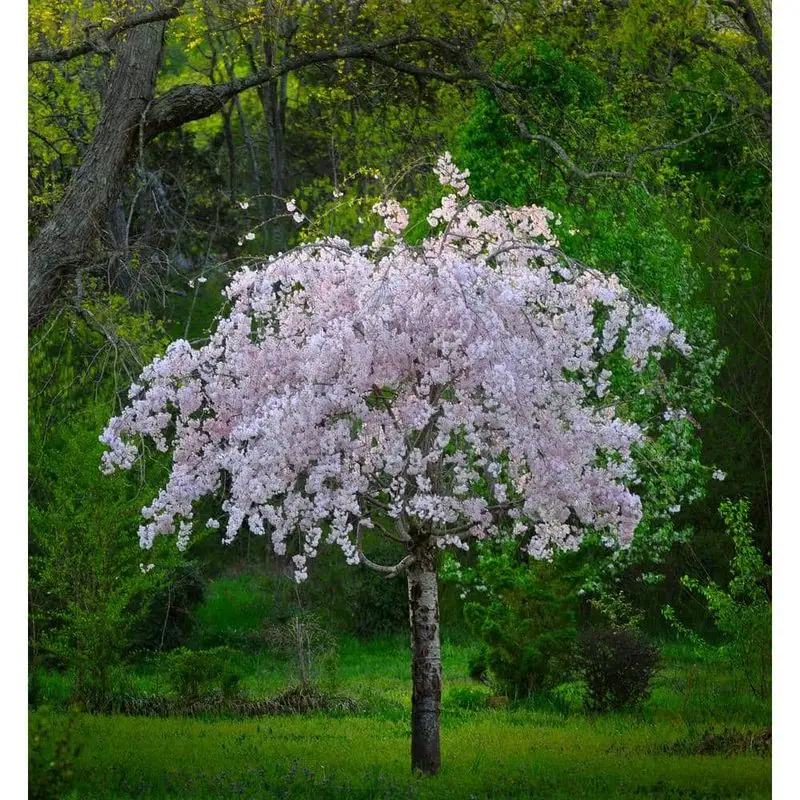
The Dwarf Weeping Cherry is a showstopper when in bloom, with branches that cascade down elegantly. This tree can grow up to 15 feet, far from its “dwarf” implication. In spring, its pink blossoms create a breathtaking canopy that transforms the landscape into a floral wonderland. It’s an ideal addition for those wanting to add a dash of romance and charm to their garden.
Dwarf Hinoki Cypress
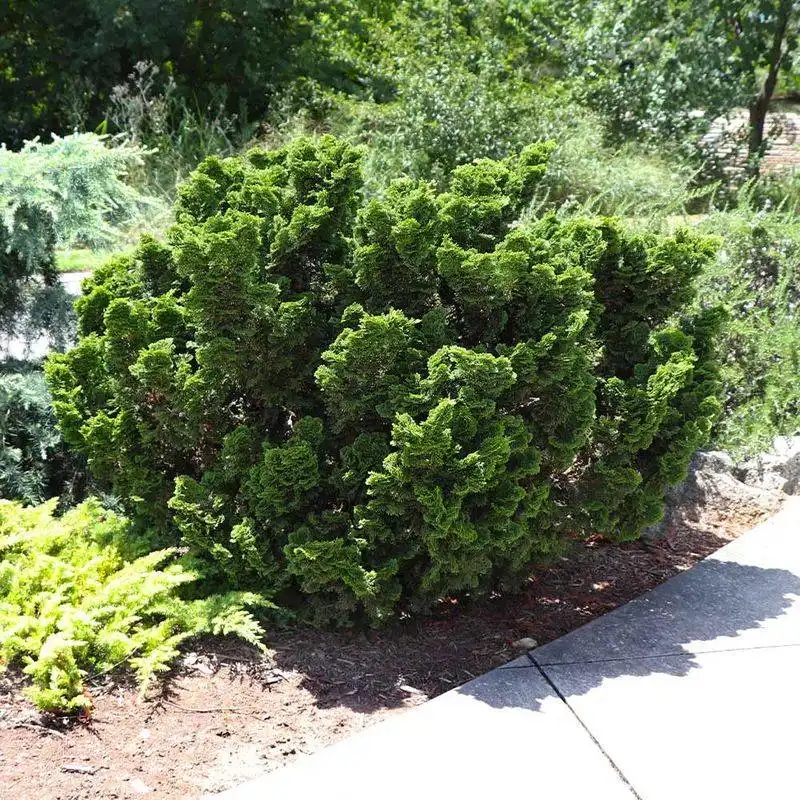
The Dwarf Hinoki Cypress is a staple in Japanese gardens, known for its refined form and stunning foliage. Despite its “dwarf” label, it can grow up to 10-12 feet tall. Its rich, dark green leaves offer a striking contrast against lighter garden elements. This tree is a favorite among those looking to cultivate an atmosphere of peace and tranquility. Its gradual growth ensures a lasting presence that harmonizes beautifully with any landscape.
Dwarf Korean Lilac
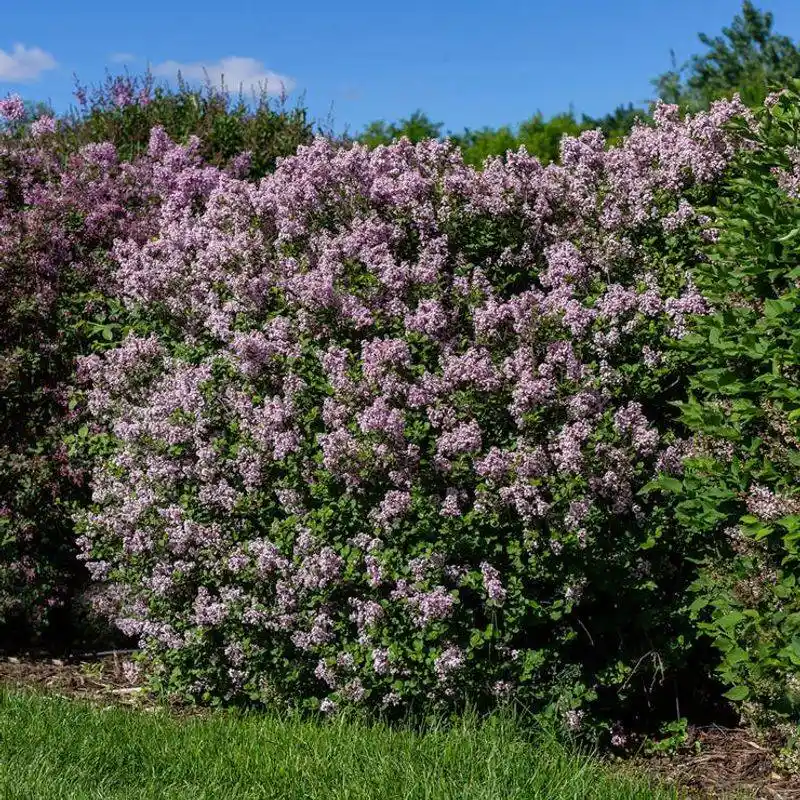
Dwarf Korean Lilac is adored for its profusion of fragrant blooms. Although compact initially, it can grow to about 5-7 feet, forming a dense, flower-laden bush. Its perfume is a delight in spring, transforming gardens into aromatic havens. This lilac’s charm lies in its ability to create a colorful and sensory experience, perfect for those who appreciate both beauty and fragrance in their outdoor spaces.
Dwarf Meyer Lemon
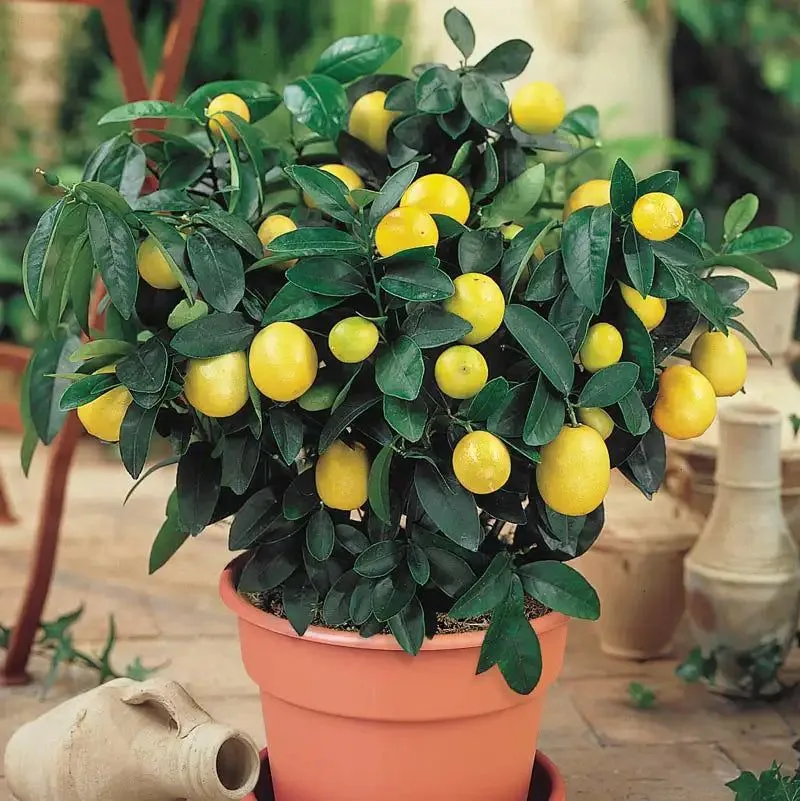
The Dwarf Meyer Lemon tree is both decorative and productive, making it a favorite among citrus enthusiasts. While technically “dwarf,” it can grow up to 10 feet, offering a bountiful supply of sweet, juicy lemons. Its glossy leaves and fragrant blossoms add to its appeal, making it a vibrant addition to any patio or garden. This tree is particularly loved for its dual role as a fruit producer and ornamental plant.
Dwarf Fountain Grass
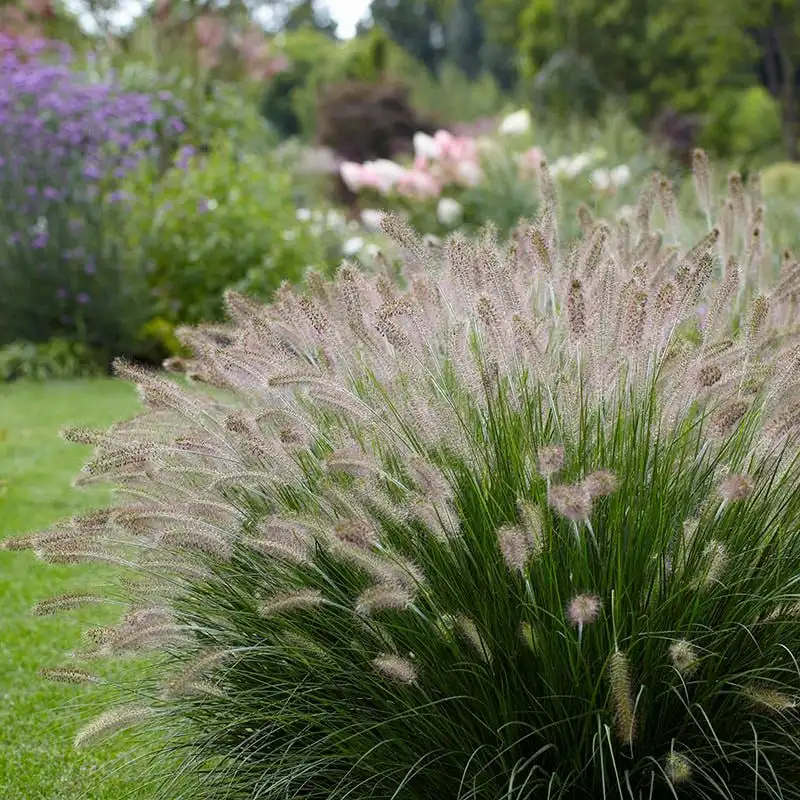
Dwarf Fountain Grass is a versatile ornamental grass known for its graceful, arching plumes. While it may seem small initially, it matures to about 3-4 feet, creating a soft, flowing presence in the landscape. Its lush green blades turn a golden hue in fall, providing seasonal interest. This grass is ideal for those seeking to add texture and subtle movement to their garden design, blending seamlessly with a variety of plantings.
Dwarf Butterfly Bush
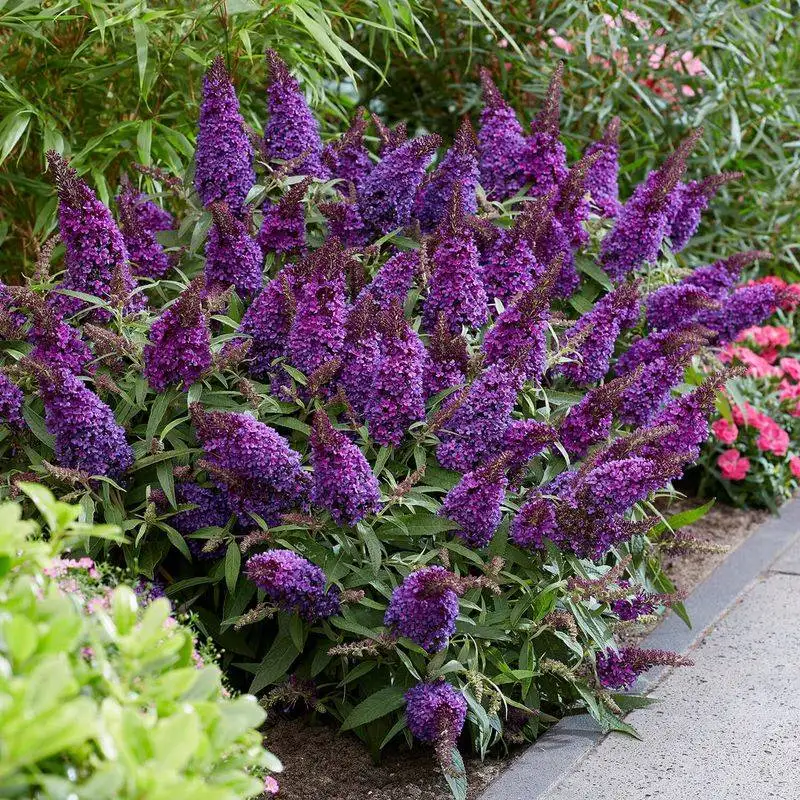
The Dwarf Butterfly Bush is an essential for those looking to attract pollinators. Despite its “dwarf” status, it can reach up to 5 feet tall, offering a profusion of vibrant flowers. Its blossoms are a magnet for butterflies and hummingbirds, transforming any garden into a lively ecosystem. Perfect for eco-conscious gardeners, this bush provides both beauty and a sanctuary for wildlife.
Dwarf Black-Eyed Susan
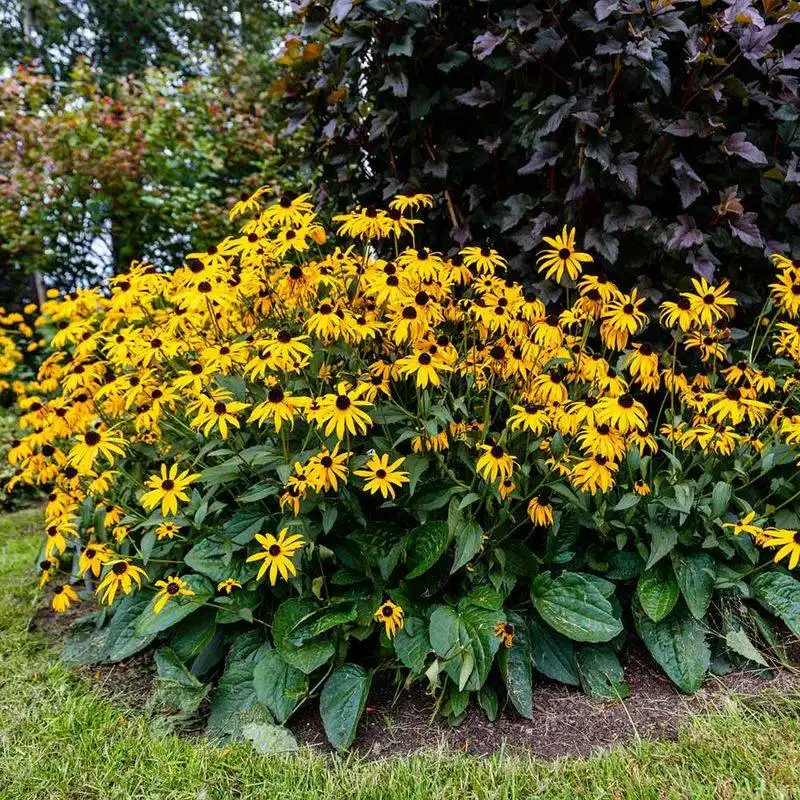
Dwarf Black-Eyed Susan is beloved for its cheerful, sun-yellow flowers. Although compact, it can grow to about 3 feet, adding a splash of color to borders and meadows. Its blooms are long-lasting, making it a reliable choice for sustained visual interest. This plant is ideal for those seeking a vibrant, low-maintenance option that delivers consistent beauty throughout the growing season.
Dwarf Mugo Pine
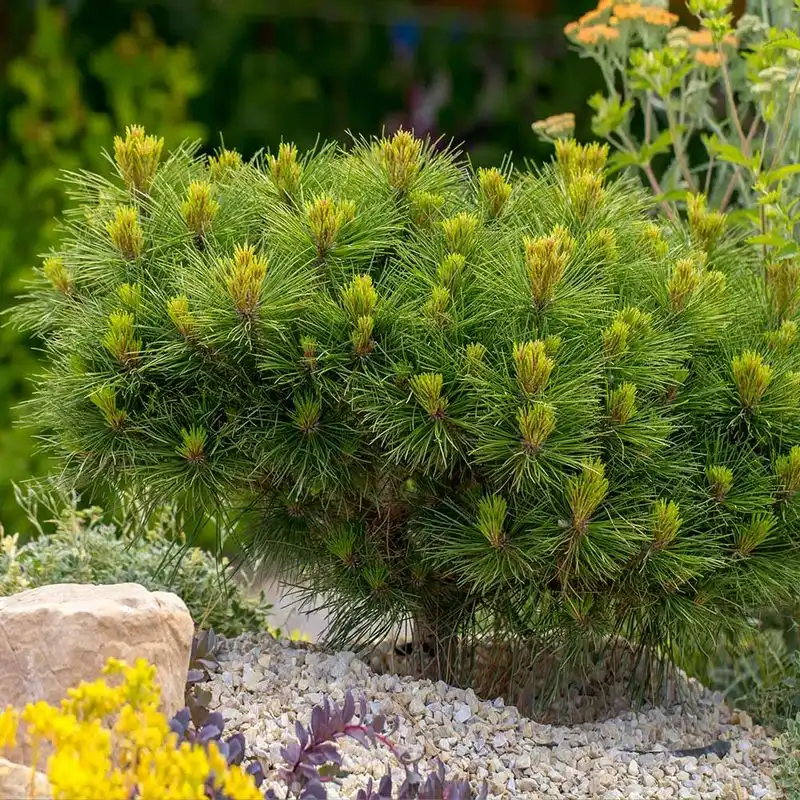
The Dwarf Mugo Pine is a robust evergreen that defies its “dwarf” classification by growing to about 4-5 feet wide and tall. Its dense, spreading form is perfect for rock gardens or as a standalone feature. Known for its hardiness, it thrives in various conditions, making it a versatile choice. Its rugged charm and resilience make it a favorite among gardeners looking for a reliable, evergreen presence.
Dwarf Umbrella Tree

The Dwarf Umbrella Tree, though labeled as “dwarf,” can grow up to 8-10 feet indoors, making it a popular choice for those looking to add greenery to interior spaces. Its glossy, umbrella-shaped leaves bring a tropical feel indoors. This tree is well-suited for indoor gardening, providing an exotic touch while being relatively easy to care for. Its presence can transform indoor environments into lush, green retreats.
Dwarf Bottlebrush
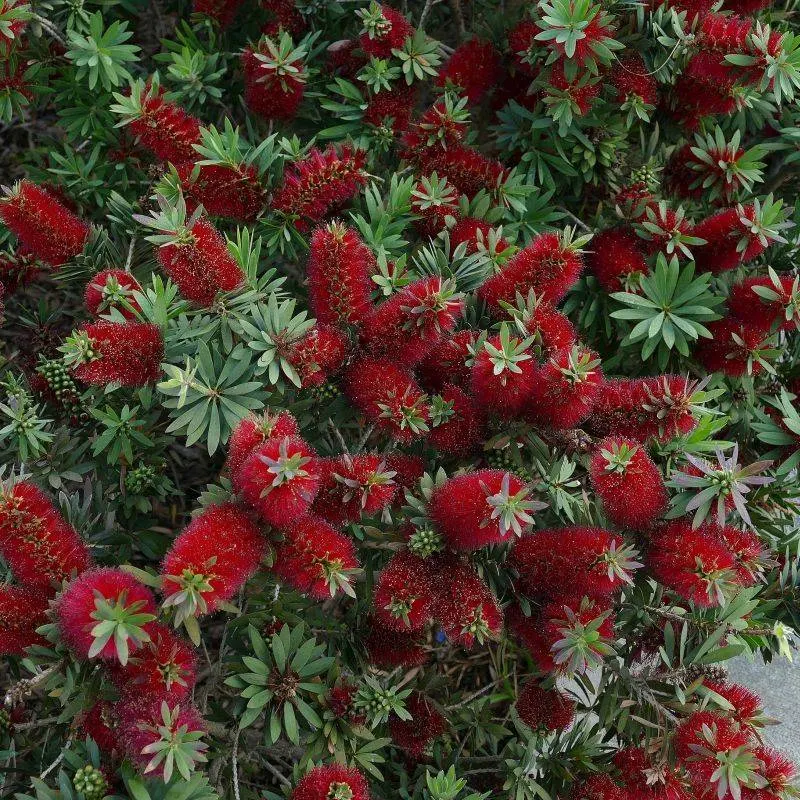
The Dwarf Bottlebrush is known for its vibrant, red, brush-like blooms that attract pollinators. While its name suggests smallness, it can grow up to 5 feet, offering a spectacle of color. Its flowers are not only visually striking but also serve as a nectar source for bees and butterflies. This bush is an excellent choice for gardeners looking to create a lively and colorful environment.

